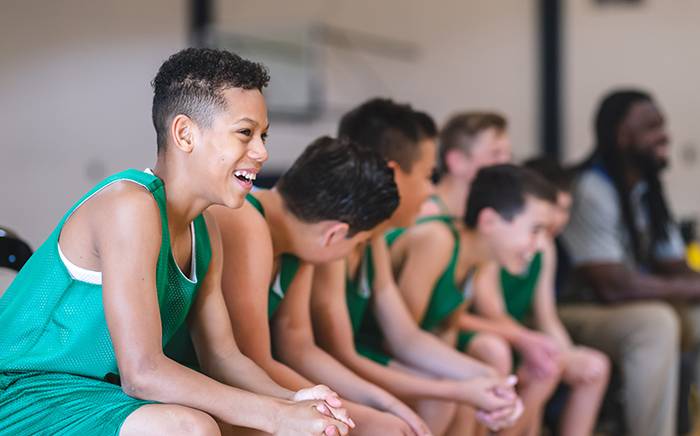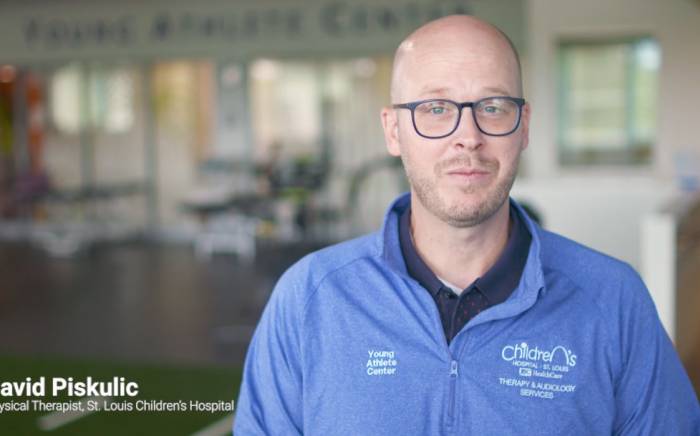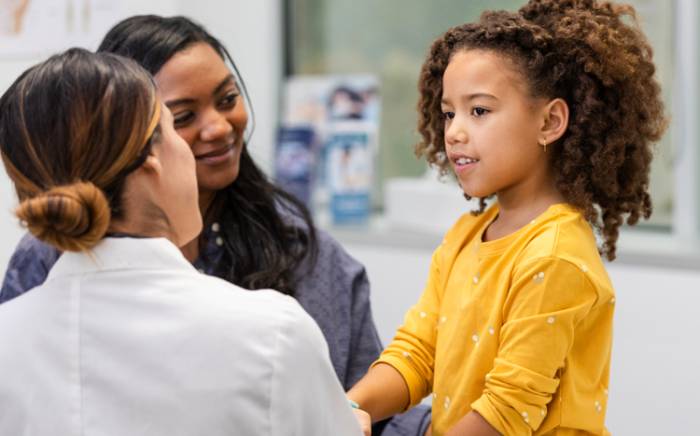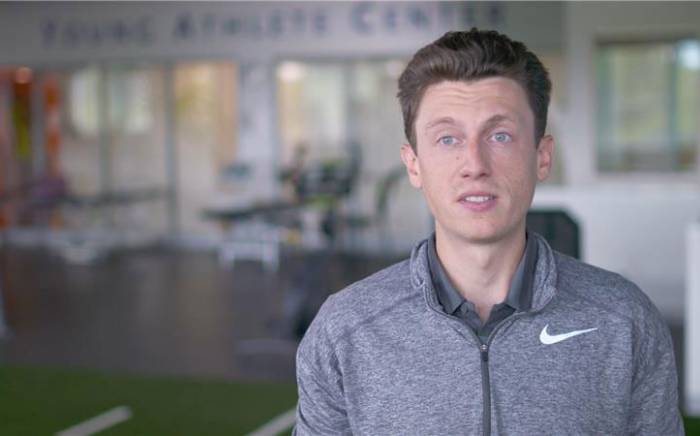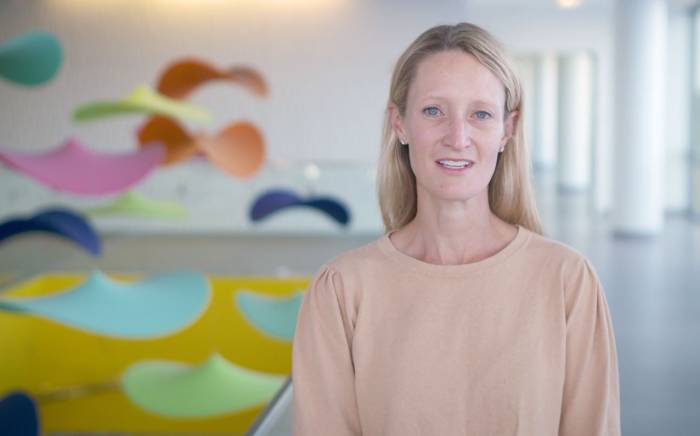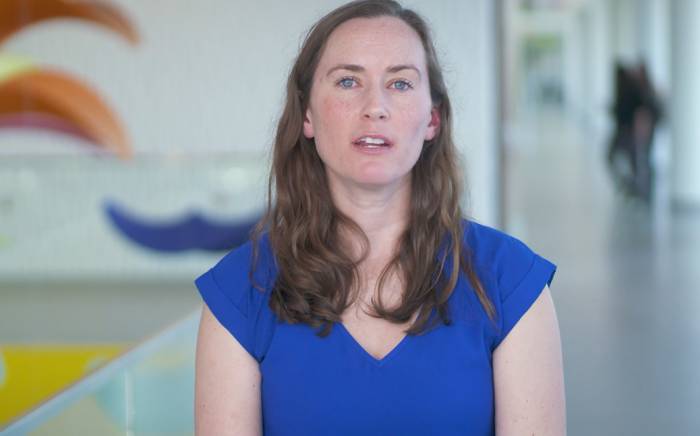By Pam McGrath
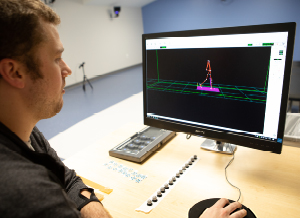 St. Louis Children’s Hospital now offers comprehensive gait evaluations for children with mobility problems at its newly opened Motion Analysis Center. This is a unique service that has not been available to patients in the St. Louis area before. The Center combines two elements essential to providing children, their parents and referring physicians with a detailed analysis report and recommendations for treatment: state-of-the-art technology and the expertise of a multidisciplinary assessment team.
St. Louis Children’s Hospital now offers comprehensive gait evaluations for children with mobility problems at its newly opened Motion Analysis Center. This is a unique service that has not been available to patients in the St. Louis area before. The Center combines two elements essential to providing children, their parents and referring physicians with a detailed analysis report and recommendations for treatment: state-of-the-art technology and the expertise of a multidisciplinary assessment team.
“In the past surgeons used their training and experience to evaluate patients’ gait, but there are hard-to-detect variables even with a thorough physical exam and close observation,” says Washington University pediatric orthopedic surgeon Pooya Hosseinzadeh, MD. Dr. Hosseinzadeh leads the assessment team. “For instance, an abnormality in gait may result from compensatory pathology—pain or discomfort emanating from a different part of the body that manifests in how a patient walks. The technology available in our Motion Analysis Center eliminates any guesswork involved in our assessment process.”
High-tech evaluation capabilities
The Center uses the BTS SMART-DX 6000 system, which features digital video 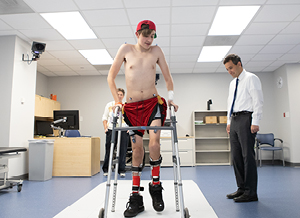 cameras that use highly sensitive sensors and innovative, functional illuminators. The system integrates, synchronizes and manages all kinematic, kinetic, electromyographic and video data in real time.
cameras that use highly sensitive sensors and innovative, functional illuminators. The system integrates, synchronizes and manages all kinematic, kinetic, electromyographic and video data in real time.
“Eight high-speed infrared cameras track a patient’s motion at 2,000 frames per second from reflective markers placed around joints. Plates in the floor measure the amount of force and the direction of that force,” explains Connor Chastain, DPT, CSCS, who oversees the Center’s operation.
An electromyography (EMG) measures muscle activity while a patient is walking. The EMG is obtained using wireless electrodes, in contrast to previous equipment that required placing wires into the skin.
“Using this advanced equipment in conjunction with two high-definition cameras for standard assessment we can recreate how a patient walks digitally and quantify it,” says Chastain. “You know how much force is at the joint, if it moves through an arc of motion optimally, and if the muscle is working appropriately.”
Multidisciplinary assessment and recommendations
In addition to pediatric orthopedic surgeons, the Center’s assessment team includes neurosurgeons, neurologists and physical therapists. “It is vital to have input from all of these disciplines because of the varied expertise they bring to the assessment process,” says Dr. Hosseinzadeh. “Our recommendations can range from nonsurgical to surgical interventions or providing an assessment of how effective current therapies, such as orthotics or Botox, have been for the patients. Using the initial gate analysis as a baseline, we can do a reassessment after treatment to gauge improvement or make further recommendations.”
A commitment to patients
The Motion Analysis Center was made possible through a generous donation from the St. Louis Children’s Hospital Foundation. “This Center is a vital component in helping children with such disorders as cerebral palsy achieve the greatest mobility possible for their individual cases,” says Susan Hibbits, OTR/L, director of neurosciences at St. Louis Children’s Hospital. “It represents a significant investment in advanced technology unavailable at many other pediatric facilities, but one we feel is essential to providing the best care possible for our patients. In addition, we have the particular expertise needed to interpret findings and make recommendations that have the potential for significantly changing children’s lives.”
To learn more about the Motion Analysis Center or to refer a patient, call Children’s Direct at 800.678.HELP (4357).


